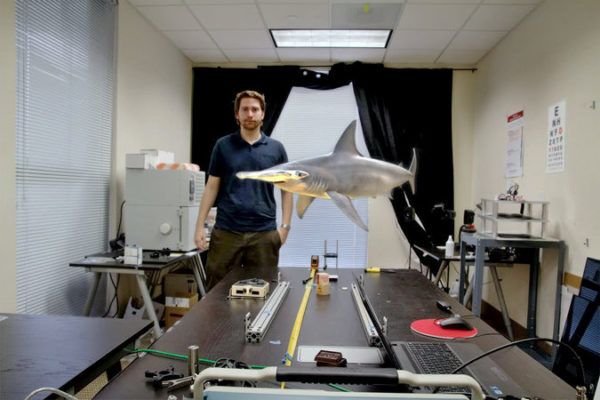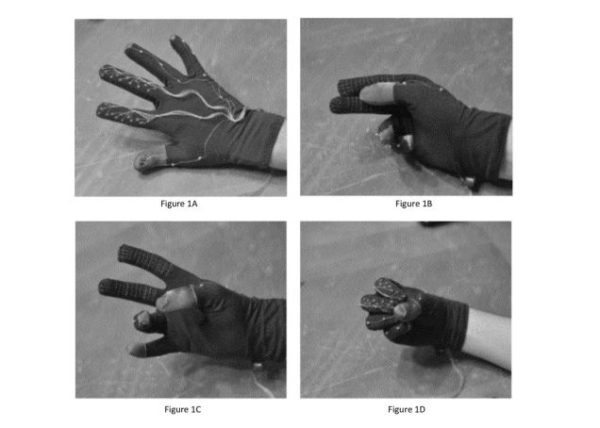Magic Leap: Everything You Need to Know

What if our virtual world revolves around us, integrated into our real world, unharnessed by distractions or limitations? One tech startup tries to create an experience that is shaped around how we do things.
In a recent company support funding made by tech giant Google, it had augmented reality in mind. A startup named Magic Leap was the benefactor of this huge funding, amounting to a staggering $522 million. And it is not a full acquisition – Google was keen and interested in developing a promising concept to bring even more greater AR experiences to the general consumer.
Magic Leap’s huge funding was made public, and it sparked a lot of interest from the VR community, especially about the things they are working about behind the scenes. As mysterious as a company could be, Magic Leap was never known before it was funded, although it was reported to have a $50-million fund to create a “game-changing technology” that, according to Magic Leap, will “forever change the way we interact with images and information.”
So, what does Magic Leap do exactly?
In a nutshell, Magic Leap develops AR technologies to “make animals appear out of thin air”, as their wording says. In short, they are working to be the next big thing in augmented reality. But as of now, they have no hardware releases of any kind – their software is all we have as our glimpse to what they have behind the curtain. Their so-called “Dynamic Digitized Lightfield Signal” will be able to create objects that are so real, they are practically indistinguishable from the real ones. These objects, in turn, will be integrated into the real objects that we see, making them appear as one, unified piece. What we have now is just a tiny bit of what we would be expecting from them.
As a secretive, mysterious team of passionate people about VR and AR, Magic Leap wrote about their low-profile identity that says, “We are keeping a bit of a low profile as we are busy at work building something that we think will be pretty cool (and we hope that you will think so too).” A patent showing a schematic diagram of Magic Leap’s lightfield technology shows how it can bring depth to on-screen objects, and make it appear integrated with the real object.

How does it work? In geekspeak, Magic Leap details that their “Dynamic Digitized Lightfield Signal” technology works through microreflectors or diffraction patterning devices that lets the user to focus his eyesight on a virtual object, projected in a three-dimensional (3D) fashion, in a way that our eyes focuses on real objects. Along with the visual technology, Magic Leap develops a haptics technology to go along with the visual experience – they are developing a “tactile glove” which lets the user to move his hands and fingers in a way that we interact with real objects in real life.

Job openings for Magic Leap also speak about the things they are working with. Some of the notable job responsibilities that are linked with Magic Leap include developing motion-tracking technologies for humanistic interactions, making cool effects that “float” around the user’s virtual environment, and having a good grasp on robotics.
Only few details are known about Magic Leap’s efforts in AR as of now, but we shall expect to know more about it in the next few years. It can be a long wait, but we can be assured that Magic Leap is working on a piece of virtual and augmented reality technology that can change the way we experience things in the virtual world, together with the real world, for good.
For more information on Magic Leap, please visit the following websites:
http://www.magicleap.com
http://www.theverge.com/2014/10/21/7026889/magic-leap-google-leads-542-million-investment-in-augmented-reality-startup
https://www.crunchbase.com/organization/magic-leap

